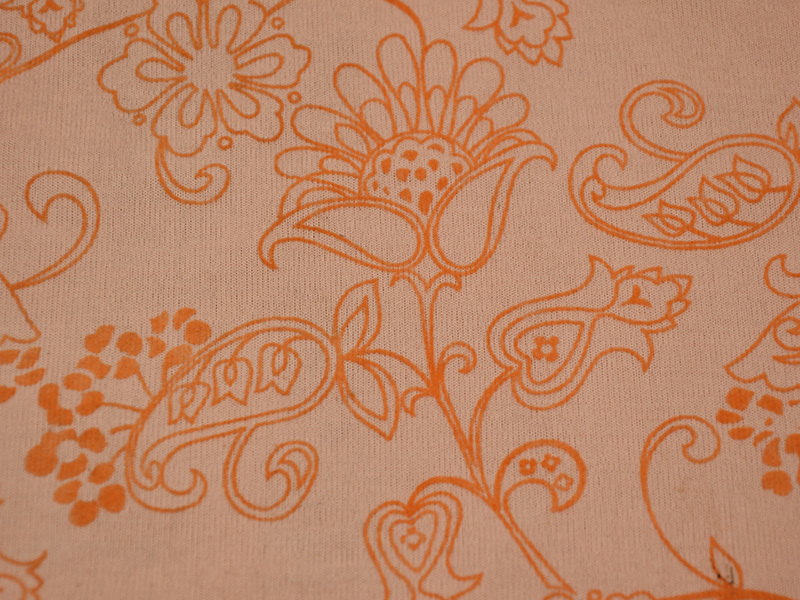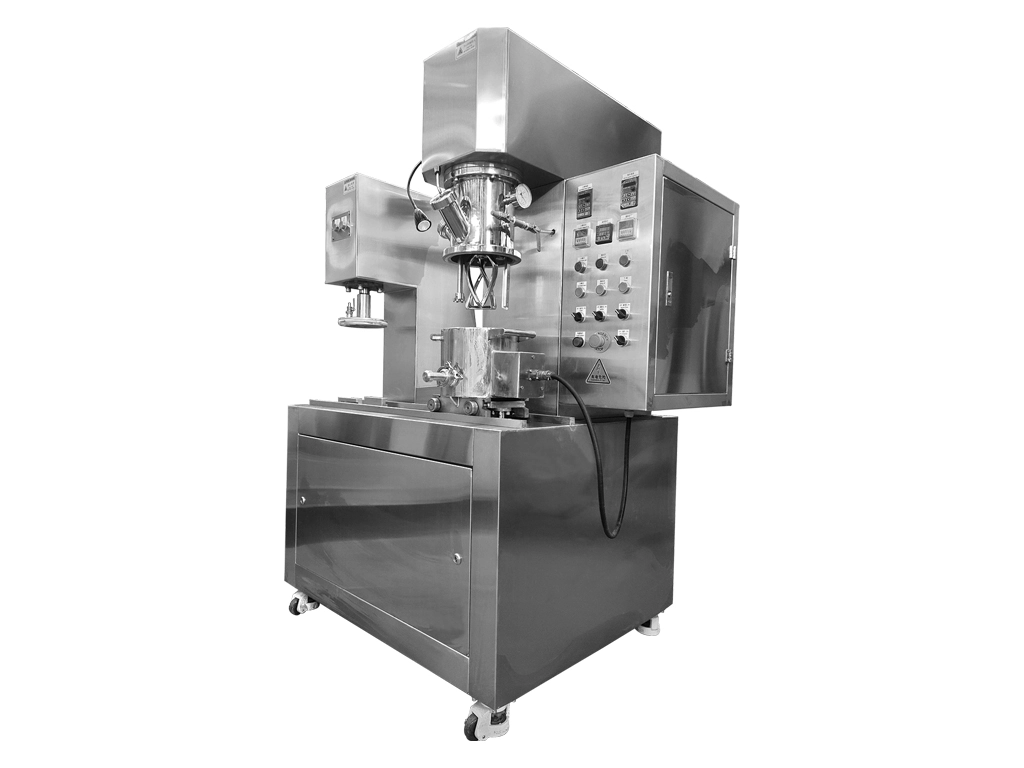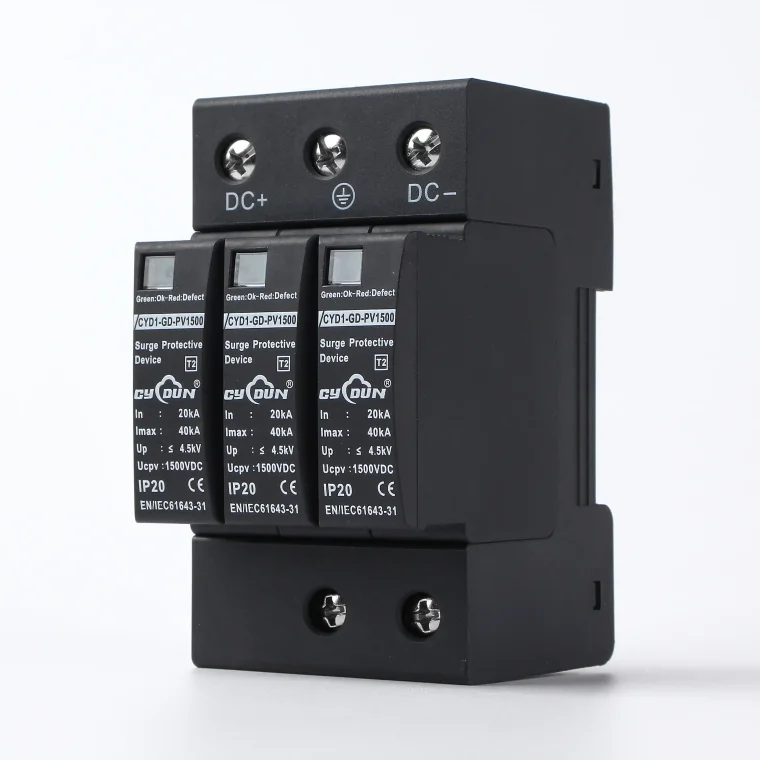The Ultimate Guide to Determining the Cost of Producing Printed T-Shirts
In the world of fashion, printed t-shirts have become a popular choice for individuals and businesses alike. Whether you're looking to create custom designs for personal use or considering starting your own t-shirt business, understanding the cost involved is crucial. In this comprehensive guide, we will delve into the various factors that contribute to the overall cost of making a printed t-shirt, providing you with valuable insights and practical knowledge.
- Design Complexity:
The complexity of the design plays a significant role in determining the cost of producing a printed t-shirt. Intricate and detailed designs require more time and effort, resulting in higher production costs. Additionally, designs that incorporate multiple colors or require specialized printing techniques, such as screen printing or heat transfer, may also increase the overall expenses. - Fabric Quality:
The choice of fabric greatly impacts the cost of a printed t-shirt. Different fabrics come with varying price points, and it's essential to consider factors such as durability, comfort, and printability. While 100% cotton is a popular choice due to its softness and breathability, it may be more expensive compared to blended fabrics. Ultimately, selecting the right fabric that aligns with your budget and desired quality is crucial. - Printing Method:
The printing method used for creating the design on the t-shirt significantly affects the cost. Common printing techniques include screen printing, direct-to-garment (DTG) printing, heat transfer, and sublimation. Each method has its own advantages and cost considerations. Screen printing is cost-effective for large quantities but may have higher setup costs. DTG printing offers more flexibility for intricate designs but can be more expensive for bulk orders. Heat transfer and sublimation are suitable for vibrant and full-color designs but may have higher material costs. - Quantity:
The quantity of printed t-shirts ordered directly impacts the cost per unit. Generally, the more t-shirts you order, the lower the cost per shirt. This is due to economies of scale, where fixed costs, such as setup fees, are spread across a larger number of units. Therefore, it's advisable to plan your order quantity carefully to optimize cost-effectiveness. - Additional Customizations:
If you require additional customizations, such as individual names or numbers on each t-shirt, it will contribute to the overall cost. Personalization adds complexity to the production process, requiring extra time and effort. Therefore, it's essential to consider the cost implications of such customizations and balance them with your budget.
Conclusion:
Determining the cost of making a printed t-shirt involves considering various factors, including design complexity, fabric quality, printing method, quantity, and additional customizations. By understanding these key elements, you can make informed decisions that align with your budget and desired quality. Remember to research and compare prices from different suppliers to ensure you get the best value for your investment.




